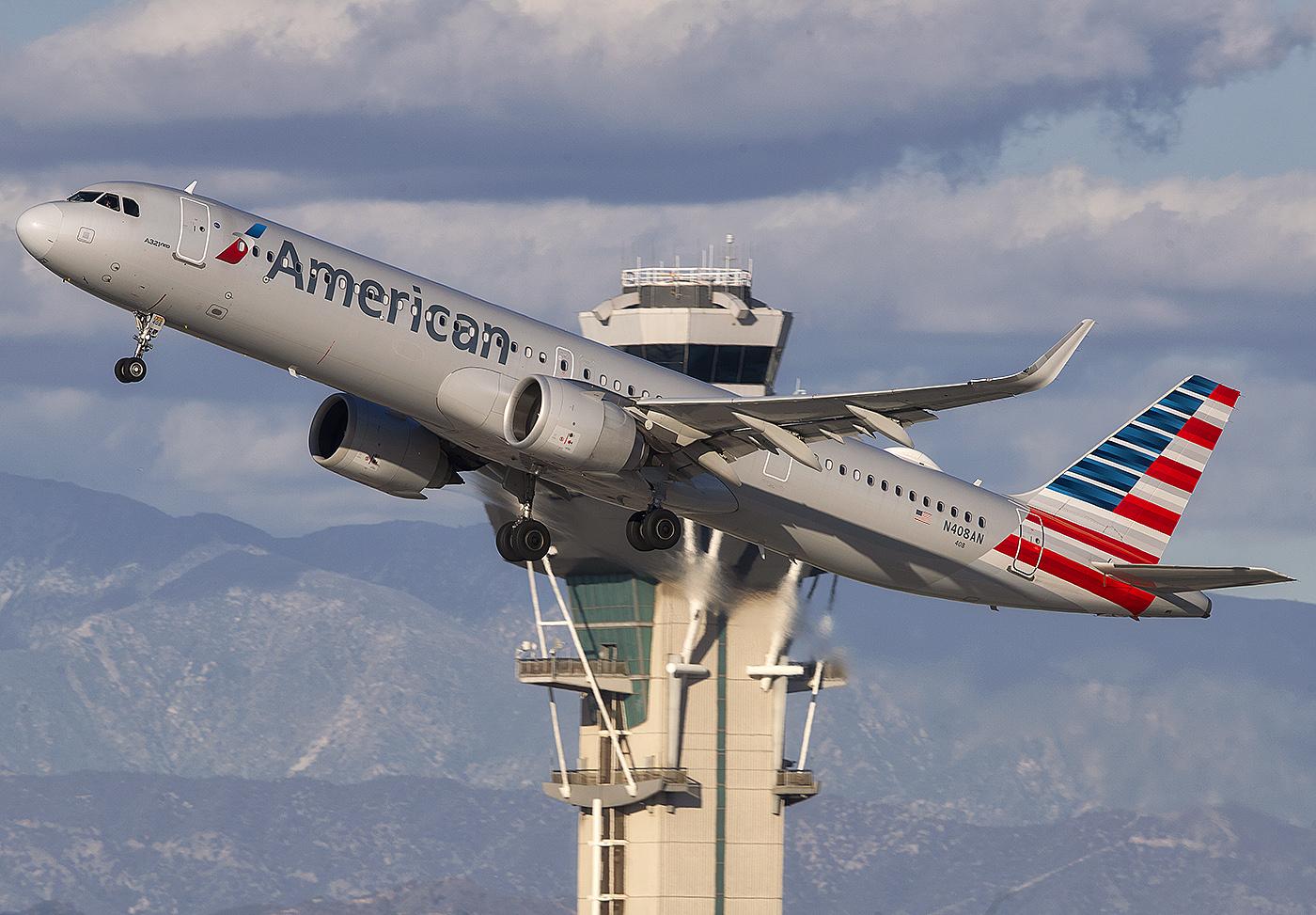
Even as American Airlines generated record quarterly revenue of $13.5 billion in the third quarter, the carrier is taking a relatively cautious approach to capacity, with 2023 flying expected to be at best even with 2019 levels and perhaps lower.
The Dallas/Fort Worth (DFW)-based airline’s 2023 capacity forecast of 95%-100% of 2019 levels—and not more than pre-pandemic full-year capacity—is driven by a series of constraints on growth and an emphasis on reliability after a summer of operational disruptions across the US airline industry.
“We continue to believe that 2023 demand for air travel will be robust,” American CFO Derek Kerr told analysts during the company’s third-quarter earnings call. “We currently see no signs of demand slowing as we move into the new year. But … we will continue to size the airline for the resources we have with a focus on reliability and profitability.”
He added: “As we move into 2023, the constraints facing our business today will remain. Those constraints are slower than planned aircraft deliveries and lower utilization of our fleet largely driven by regional pilot constraints.”
CEO Robert Isom noted the oneworld carrier generated record revenue “while flying nearly 10% less capacity than we did in the third quarter of 2019.”
But that revenue performance is not leading to aggressive growth plans, partly because the airline is still smarting from a difficult summer characterized by staffing shortages, flight delays and cancellations.
“It's taken us a bit longer than we would have liked to get where we want on the operations side, but we're pleased with how the airline is performing today, and we know we're on the right trajectory,” Isom said. “We will keep that focus [on operations] because, in our business, reliability is everything. It's the foundation.”
He added that American could raise capacity targets “if there is more capability for us to fly from a regional perspective.”
But the growing pilot shortage at US regional airlines is not expected to abate anytime soon. “The regional constraints are going to be there for a longer period of time,” Kerr added. “We’re working through them and, hopefully, there are other options that we have to bring that flying back up.”
CCO Vasu Raja said flexibility in capacity planning is critical for airlines in the current environment. “As we went through the pandemic, a major principle in how we've been planning the airline is to build it in a way where it is nimble and responsive to demand and is resilient," he said.
Long-haul widebody flying is “the most volatile part of our business” and is therefore being de-emphasized. “It's a part of our business that our customers have just valued a lot less than our short-haul network,” Raja explained. “So, as you look at the fourth quarter schedule, we are a 15% smaller long-haul airline” than 2019.
“Narrowbodies provide a lot more flexibility,” Raja added. ”So, we've changed our capacity mix pretty materially from pre-pandemic. As we were entering the fourth quarter in 2019, we were about a 70-30 short-haul, long-haul airline. As we enter the fourth quarter now, we're something a lot closer to an 80-20 short-haul, long-haul airline.”
The new mix “is something which is a lot more dynamic,” Raja said. “If demand changes, we're much more able to adjust. And quite frankly, the short-haul business is and has been for the last 20 years a much more durable part of the business, and you see it right now … Short-haul remains pretty consistently strong across the business cycle.”
